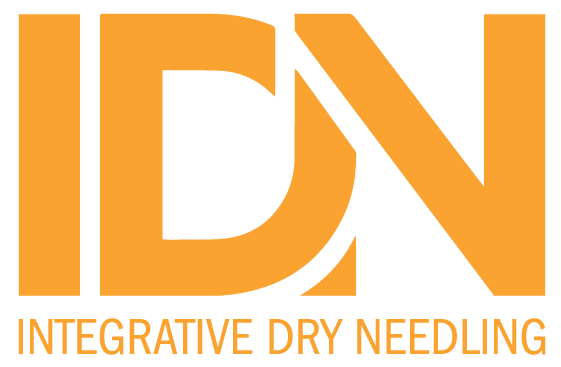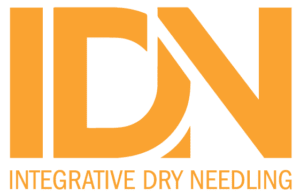The development of modern dry needling reflects the great tradition of empirical science, which carries some truth, and certainly some of the defects of empiricism. All new developments are built on the previous achievements of the leaders that came before.
We describe here the development of dry needling chronologically and hence define the generations of modern dry needling. It does not at all mean one modality is superior, as we all know that all modalities have certain benefits and limitations. Of course, any modality works best when in well-trained and experienced hands.
The history of dry needling dates back to the 1940’s with Dr. Janet Travell and arguably others before her. Dr. Travell identified the muscular trigger points and referral patterns that were elicited with “wet needling”, later she discovered that “dry needling” offered the same results. This was certainly groundbreaking work and hence she created the term dry needling. She and Dr. David G. Simon carefully identified most of the trigger points located in the human body. Thus, the first generation of modern dry needling was established.
In the late 1970’s Dr. C. Gunn developed the concept and technique of Intramuscular Stimulation (IMS). IMS is a technique for the treatment of myofascial pain syndrome based on a comprehensive diagnostic and therapeutic model that identifies the etiology of myofascial pain as neuropathic i.e. due to disease or dysfunction in the nervous system. It specifically identifies the nerve root as the generator of the pathology, so it is referred to as a radiculo-neuropathic model. Chronologically the IMS or Gunn approach can be considered the second generation of modern dry needling, even though it was developed without referring to Travell’s trigger point approach.
In late 1970’s, Dr. H.C. Dung, a professor of anatomy, in San Antonio, Texas, discovered the homeostatic points. Dr. Janet Travell recognized and was impressed by Dr. Dung’s discovery (personal communication). In 1999, Dr. H.C. Dung and Dr. Yun-Tao Ma co-authored the book Scientific Acupuncture for Healthcare Professionals published in China. This was the first modern needling textbook published in China. Later they co-authored the second book , Pain Measurement of the Human body also published in China to further explain the clinical application of the system.
Dr. Yun-tao Ma’s experience with needling dates back to 1968 in China where he was interested in pain science. This led to Dr. Ma being trained as neuroscientist at the National Institute of Health (NIH) and as a pain researcher in the Department of Physical Therapy at the University of Iowa. Dr. Ma continued Dr. Dung’s work to explore the physiology of the homeostatic point system and their clinical application. Dr. Ma discovered a relationship between homeostatic points and human biomechanical homeostasis. Dr. Ma also found that all modern dry needling modalities with seemingly different theories and clinical techniques, in fact, share the same physiology and are not in conflict with each other. (The Laws of Dry Needling taught in our courses)
The work of Dr. Ma and Dr. Dung can be considered the third generation of modern dry needling. The integration of treating conditions at a symptomatic, segmental, and at a systemic level, allows the practitioner to view and treat the human body as an inter-related organism, yet allowing the clinical freedom to adapt the treatment for each patient. As a result Integrative Dry Needling (IDN) provides the framework upon which to address all types of neuromuscular dysfunction.
The fourth generation of modern dry needling (DN) is currently being written. Medical and allied health professionals are incorporating DN with their current modalites, techniques and treatment concepts. Today’s modern DN is part of a multi-modal treatment plan, not a stand alone modality. Practitioners continue to find new ways to integrate and expand the use of DN to improve clinical results at a pace not previously achieved. The future of DN is exciting and filled with the potential to help more patients manage an expanding list of conditions. You can be confident that the Integrative Dry Needling Institute (IDN), with it’s adaptive Neurologic Dry Needling treatment model, will continue to be leading the charge!
Dr. Frank Gargano DPT
Founder, Integrative Dry Needling Institute, LLC





